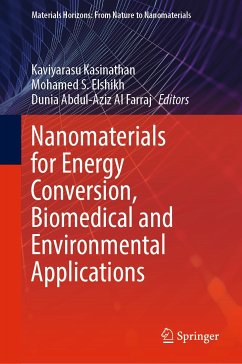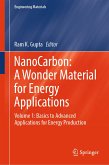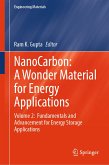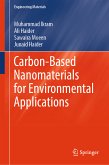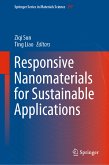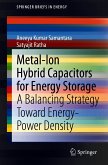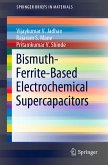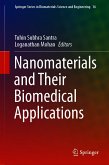This book highlights a multidisciplinary system for the future while protecting our environment. Certainly, the main objective of the proposed book has addressed several issues and bringing a good platform to understanding for future developments in metal oxide nanostructures for energy conversion, biomedical, and environmental management, however, which is support/carrier for antibacterial behaviors, pathogen infections, and bioinspired materials for energy savings and environmental impacts. Appropriately, I recommend the book to undergraduates, postgraduates, and doctoral students those who are working in materials science and researchers across the world working in interdisciplinary research.
Dieser Download kann aus rechtlichen Gründen nur mit Rechnungsadresse in A, B, BG, CY, CZ, D, DK, EW, E, FIN, F, GR, HR, H, IRL, I, LT, L, LR, M, NL, PL, P, R, S, SLO, SK ausgeliefert werden.

